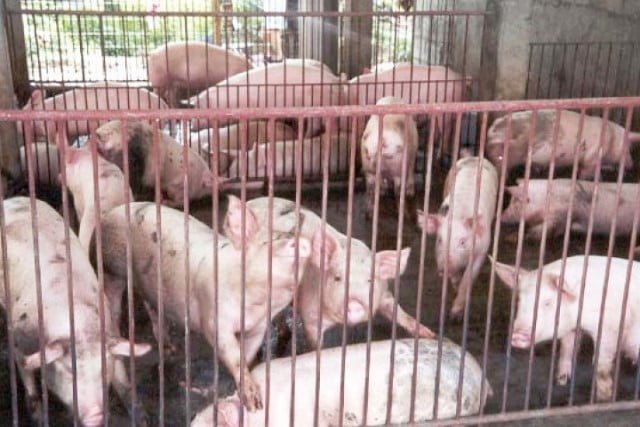- GILBERT BAYORAN
The possibility of declaring a hog cholera outbreak in some local government units in Negros Occidental following thousands of swine deaths is now being considered by the Provincial Veterinary Office.
Dr. Ryan Janoya, PVO officer-in-charge, however, yesterday said that they are still consolidating data as to the number of hog deaths, which is increasing, and the identification of affected LGUs.

Janoya clarified that swine mortality may not all be triggered by hog cholera, but also of pneumonia and other diseases.
“In case there is a declaration of hog cholera outbreak, affected LGUs may utilize their calamity funds to help the raisers,” he added.
Initial PVO reports showed that 2,421 hog deaths were reported May 16 in 57 barangays of San Enrique, Valladolid, Pulupandan, La Carlota, Pontevedra, and Bago City, all in the 4th District; EB Magalona and Silay in the 3rd District, Manapla in the 2nd District, and Hinigaran in the 5th District. It has affected 546 hog raisers.
But laboratory examinations on 27 samples taken from pigs in San Enrique yielded negative for ASF or African swine fever, with symptoms similar to that of hog cholera.
More random blood samples were also taken from swine in Bacolod City, and Valladolid, with the results expected to be known soon, Janoya said.
He added that surveillance is now ongoing in affected LGUs to determine the extent of affectation and to check if there is co-infection with other diseases, especially ASF.
Provincial Administrator, Atty. Rayfrando Diaz, said that the Negros Occidental Incident Management Team will color-code areas with hog deaths, and set up quarantine zones to prevent the spread of the virus.
The IMT was created to spearhead the campaign against the spread of hog diseases.
Areas where ongoing infections are severe will be tagged as red zones, yellow for ongoing infections, and green zones for those without infections, Diaz said.
But Janoya said there is no color-coding scheme, as of this time, because surveillance and the taking of blood samples from affected swine, are still ongoing./GB




